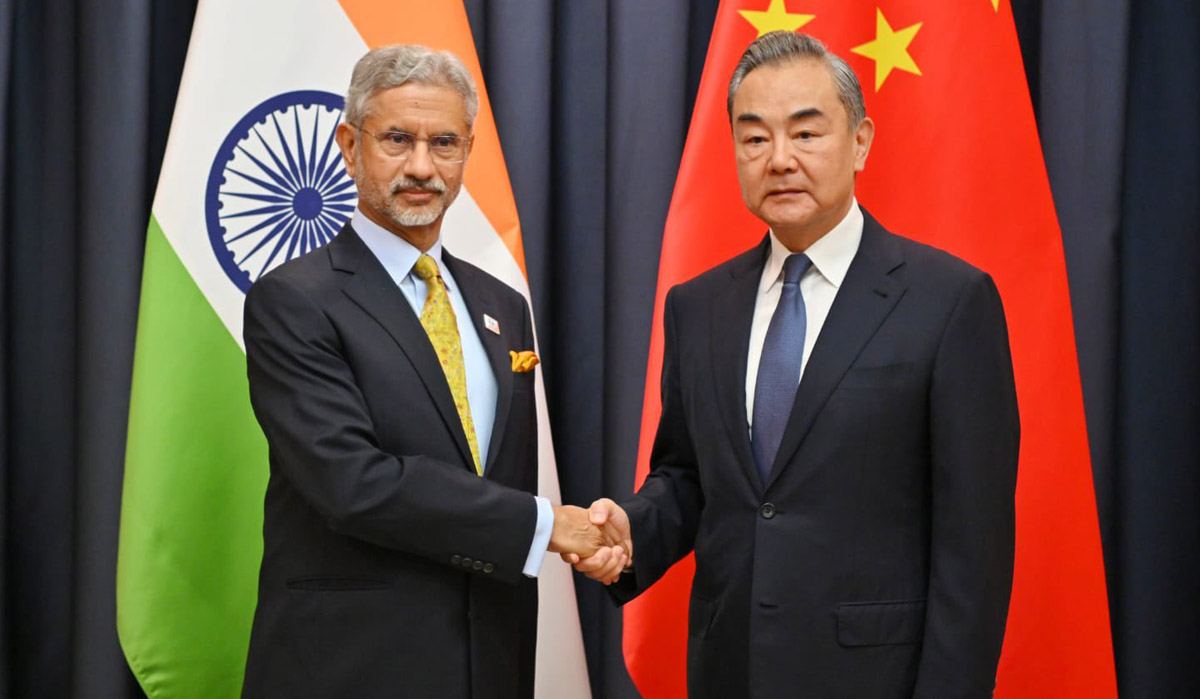Away from the limelight, the Shanghai Cooperation (SCO) Council of Heads of State meeting at the Kazakh capital of Astana on Thursday witnessed an interesting but significant development on the sidelines.
Old acquaintances, India’s foreign minister Dr S. Jaishankar and his Chinese counterpart Wang Yi met for a discussion that ventured beyond the delicately-posed bilateral ties. While India completed the formality of extending its support for China’s presidency of the SCO next year, the two foreign ministers spoke on the need to find “an early resolution of the remaining issues along the Line of Actual Control (LAC) in Eastern Ladakh to stabilize and rebuild bilateral relations”.
This in itself is an important development because the Chinese stand has been to continue to improve and enhance bilateral ties while keeping thorny issues aside. What is also important is that both the leaders agreed that prolonging the current situation in the border areas is not in the interest of either side.
Prime Minister Narendra Modi in his remarks at the SCO Summit that were delivered by Jaishankar said: “It is particularly noteworthy that we are reiterating mutual respect for sovereignty, independence, territorial integrity, equality, mutual benefit, non-interference in internal affairs, non-use of force or threat of use of force as a basis for our foreign policies. We have also agreed not to take any measures contrary to the principles of state sovereignty and territorial integrity.”
Jaishankar pointed out to his Chinese counterpart that complete disengagement from the remaining areas in Eastern Ladakh was pertinent “to remove obstacles towards the return of normalcy in bilateral relations”.
For this, the Indian minister underlined the importance of fully “abiding by relevant bilateral agreements, protocols, and understandings reached between the two governments in the past”. The senior military commander-level talks between the two sides—of which 21 rounds have already taken place—have yielded effective disengagement in five of the seven friction areas. The current round of talks is to resolve the two remaining friction areas in eastern Ladakh—Demchok and Depsang.
The first standoff was resolved in Galwan in July 2020, Pangong Tso and Kailash ranges in February 2021, Gogra in August 2021 and PP 15 in September 2022.
The two ministers—exchanging views on the global situation—also agreed to hold a meeting of the Working Mechanism on Consultation and Coordination on India-China Border Affairs (WMCC) at the earliest.
For the last four years, India and China are locked in an intense military standoff, where more than 1,30,000 troops from both sides are camped in inhospitable high-altitude areas along the LAC.



